Audience development roles broaden further
Over the past decade, “audience development” has gone from a little-known marketing term to a familiar newsroom role. Now, audience development experts, audience engagement managers, and growth editors tasked with getting stories in front of more readers.
Once upon a time, the skills needed were an understanding of SEO and the social levers. Later, the role expanded to audience development experts nerding out on newsletters, pushing podcasts and getting short- and long-form video viewers across multiple platforms. Audience development has gone from a newsroom role to a bridge role for the business; it’s gone from audience data to goal-setting to ensure revenue. What may have started as a scale play moved to becoming a need for loyalty and habituation. Once the focus was bringing audiences to show them advertising, which soon developed into driving memberships and commerce revenue. And audience development managers have gone from working mainly with editors to working cross-functionally across product teams and beyond.
Here’s a brief history of audience development — with some ideas as to what 2022 will bring:
2014
The New York Times Innovation Report detailed the “audience development efforts” and the “newsroom’s growing interest” in the subject. Unpacking the leaked internal report, Digiday declared the “newest important person” in the newsroom was the “audience-development czar,” saying the report “pointed out the need for audience-development specialists to get Times content in front of more readers.”
2015
Julia Haslanger wrote about “growth editors” and their efforts in “shaping stories — and particularly headlines — to resonate with readers.” She said the role included “assigning and shaping stories on trending topics” and “Analytics. Analytics. Analytics.”
2016
The Online News Association held a daylong conference in London on audience engagement, with delegates invited to “dive into how audiences find and interact with news.”
I attended and took notes, concluding, “Audience development is about taking the overall goals of the news organization, whether they be advertising revenue and/or a growth in the number of paying subscribers, and working backwards to develop a strategy to help the news organization achieve those goals.”
Renee Kaplan from the Financial Times and Mary Hamilton, then at the Guardian, presented a dual keynote.
For the Guardian, audience development was about “encouraging three types of behavior: Reach and optimization, loyalty and habit, participation.” The Guardian was shifting towards a membership model and Hamilton said her team’s mission was to discover “what’s the loyal behavior that will drive people to become members?”
There’s nothing new about getting content out to audiences, Kaplan said, but noted that the idea of a relationship between the news organization and the reader was fresh — and measured by the metrics and real-time dashboards that had sprung up in newsrooms.
2017
Three years after the New York Times Innovation Report, Digiday said the role of audience development had expanded and was now a focus for both the newsroom and for the commercial side of the business.
“Once a role that mainly focused on SEO, audience development has become more complicated because of the explosion of ways publishers can find and distribute content, from their own platforms such as newsletters and apps to external ones such as social media outlets and bots.”
“At the most fundamental level, both the business and edit sides want to reach new and existing audiences. But from there, the interests can diverge. Whereas the newsroom wants to maximize the reach and impact of its journalism, the sales side is rewarded for growing ad revenue, which could lead it to prioritize certain audience segments over others. And then there is driving subscriptions and marketing other products like events and commerce.”
2018
The year started with Facebook announcing an algorithm change, confirming it would reduce the supply of readers that had fueled the growth of so many news sites. Audience development experts jumped into action to find new, more reliable audiences. While we were all getting serious about newsletters, a new firehose of audiences emerged in the form of Google Discover, announced in September, but hidden from us as our analytics platforms didn’t tell us people were coming from the Discover aggregator, labeling the source as either “direct” or “search.”
2019
Google Discover’s rise replaced the reduction in social audiences — with Discover overtaking search as a source of readers to Vogue’s international editions by the fall (as I told Digiday). By then, the US Condé Nast sites were getting 20% of readers via this rising Google aggregator.
Along with Discover, as an audience development person, I was also focusing on the “news moments” of our readers, a term learned from the Reuters Institute Digital News Report 2019.
2020
The pandemic brought dramatic change to readers’ lives — and to the newsrooms that provided both vital information and also a way to escape. Audience development teams responded to drops then rises in podcast listening, growth in email newsletter consumption — and changes to search. In the first days of the pandemic, I fretted over Vogue’s audiences as people pivoted from Googling for heels to pajamas, and social audiences shared stories of altruism.
2021
As audience development people, we’ve responded to further changes in audience behaviors — and the changing role. This year, the Audience Development, Social & Analytics leadership team at Condé Nast, led by Ainul Huda, held an offsite meeting and came up with a new definition for audience development at Condé Nast. It states that:
“Audience development maximizes consumer value by delivering the content and services that meet audience needs across platforms based on strategic analysis. We grow, engage, and retain multi-channel audiences by informing content, product, and business strategy and maximizing distribution opportunities to drive holistic revenue globally.
2022
The field of audience development will broaden further. We’ll mitigate the risks of our often uneasy relationships with Facebook, Google, and Apple by further doubling down on diversifying our audience sources and cultivating direct relationships with readers. We’ll look for new ways to grow, engage and retain readers and viewers — and we’ll hopefully enjoy some in-person audience engagement too.
Sarah Marshall is global senior director of audience development, social, and analytics for Vogue.

Over the past decade, “audience development” has gone from a little-known marketing term to a familiar newsroom role. Now, audience development experts, audience engagement managers, and growth editors tasked with getting stories in front of more readers.
Once upon a time, the skills needed were an understanding of SEO and the social levers. Later, the role expanded to audience development experts nerding out on newsletters, pushing podcasts and getting short- and long-form video viewers across multiple platforms. Audience development has gone from a newsroom role to a bridge role for the business; it’s gone from audience data to goal-setting to ensure revenue. What may have started as a scale play moved to becoming a need for loyalty and habituation. Once the focus was bringing audiences to show them advertising, which soon developed into driving memberships and commerce revenue. And audience development managers have gone from working mainly with editors to working cross-functionally across product teams and beyond.
Here’s a brief history of audience development — with some ideas as to what 2022 will bring:
2014
The New York Times Innovation Report detailed the “audience development efforts” and the “newsroom’s growing interest” in the subject. Unpacking the leaked internal report, Digiday declared the “newest important person” in the newsroom was the “audience-development czar,” saying the report “pointed out the need for audience-development specialists to get Times content in front of more readers.”
2015
Julia Haslanger wrote about “growth editors” and their efforts in “shaping stories — and particularly headlines — to resonate with readers.” She said the role included “assigning and shaping stories on trending topics” and “Analytics. Analytics. Analytics.”
2016
The Online News Association held a daylong conference in London on audience engagement, with delegates invited to “dive into how audiences find and interact with news.”
I attended and took notes, concluding, “Audience development is about taking the overall goals of the news organization, whether they be advertising revenue and/or a growth in the number of paying subscribers, and working backwards to develop a strategy to help the news organization achieve those goals.”
Renee Kaplan from the Financial Times and Mary Hamilton, then at the Guardian, presented a dual keynote.
For the Guardian, audience development was about “encouraging three types of behavior: Reach and optimization, loyalty and habit, participation.” The Guardian was shifting towards a membership model and Hamilton said her team’s mission was to discover “what’s the loyal behavior that will drive people to become members?”
There’s nothing new about getting content out to audiences, Kaplan said, but noted that the idea of a relationship between the news organization and the reader was fresh — and measured by the metrics and real-time dashboards that had sprung up in newsrooms.
2017
Three years after the New York Times Innovation Report, Digiday said the role of audience development had expanded and was now a focus for both the newsroom and for the commercial side of the business.
“Once a role that mainly focused on SEO, audience development has become more complicated because of the explosion of ways publishers can find and distribute content, from their own platforms such as newsletters and apps to external ones such as social media outlets and bots.”
“At the most fundamental level, both the business and edit sides want to reach new and existing audiences. But from there, the interests can diverge. Whereas the newsroom wants to maximize the reach and impact of its journalism, the sales side is rewarded for growing ad revenue, which could lead it to prioritize certain audience segments over others. And then there is driving subscriptions and marketing other products like events and commerce.”
2018
The year started with Facebook announcing an algorithm change, confirming it would reduce the supply of readers that had fueled the growth of so many news sites. Audience development experts jumped into action to find new, more reliable audiences. While we were all getting serious about newsletters, a new firehose of audiences emerged in the form of Google Discover, announced in September, but hidden from us as our analytics platforms didn’t tell us people were coming from the Discover aggregator, labeling the source as either “direct” or “search.”
2019
Google Discover’s rise replaced the reduction in social audiences — with Discover overtaking search as a source of readers to Vogue’s international editions by the fall (as I told Digiday). By then, the US Condé Nast sites were getting 20% of readers via this rising Google aggregator.
Along with Discover, as an audience development person, I was also focusing on the “news moments” of our readers, a term learned from the Reuters Institute Digital News Report 2019.
2020
The pandemic brought dramatic change to readers’ lives — and to the newsrooms that provided both vital information and also a way to escape. Audience development teams responded to drops then rises in podcast listening, growth in email newsletter consumption — and changes to search. In the first days of the pandemic, I fretted over Vogue’s audiences as people pivoted from Googling for heels to pajamas, and social audiences shared stories of altruism.
2021
As audience development people, we’ve responded to further changes in audience behaviors — and the changing role. This year, the Audience Development, Social & Analytics leadership team at Condé Nast, led by Ainul Huda, held an offsite meeting and came up with a new definition for audience development at Condé Nast. It states that:
“Audience development maximizes consumer value by delivering the content and services that meet audience needs across platforms based on strategic analysis. We grow, engage, and retain multi-channel audiences by informing content, product, and business strategy and maximizing distribution opportunities to drive holistic revenue globally.
2022
The field of audience development will broaden further. We’ll mitigate the risks of our often uneasy relationships with Facebook, Google, and Apple by further doubling down on diversifying our audience sources and cultivating direct relationships with readers. We’ll look for new ways to grow, engage and retain readers and viewers — and we’ll hopefully enjoy some in-person audience engagement too.
Sarah Marshall is global senior director of audience development, social, and analytics for Vogue.
Victor Pickard

Stephen Fowler

Jesse Holcomb

Eric Nuzum

Mario García
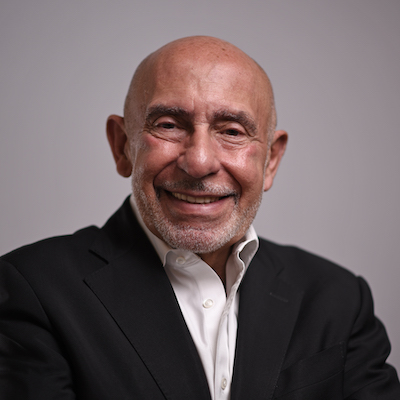
Cindy Royal

Mary Walter-Brown

Gabe Schneider

Sarah Marshall

Robert Hernandez
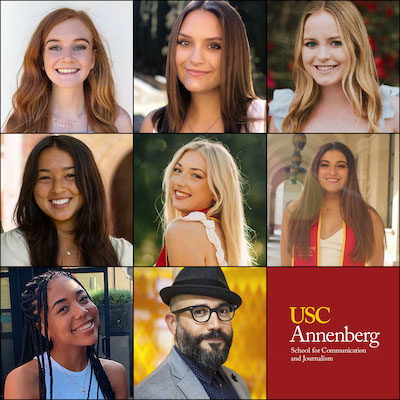
Simon Galperin

Jesenia De Moya Correa
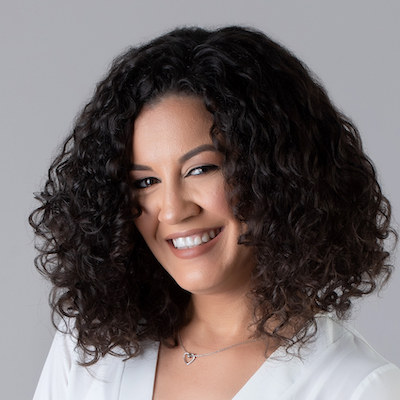
j. Siguru Wahutu

Raney Aronson-Rath

Whitney Phillips

James Salanga

Anika Anand

AX Mina

Jim Friedlich

Izabella Kaminska
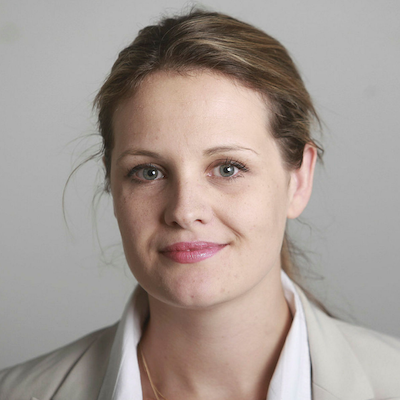
Brian Moritz

Doris Truong
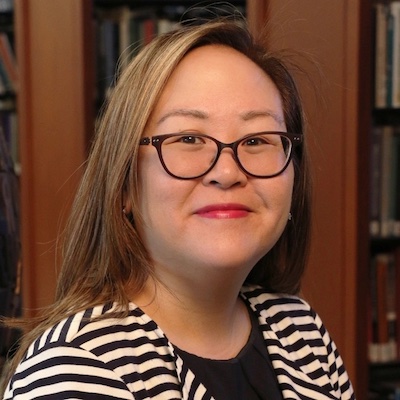
Juleyka Lantigua

Christina Shih

Errin Haines

Kathleen Searles Rebekah Trumble

A.J. Bauer

Matt Karolian

Kristen Jeffers
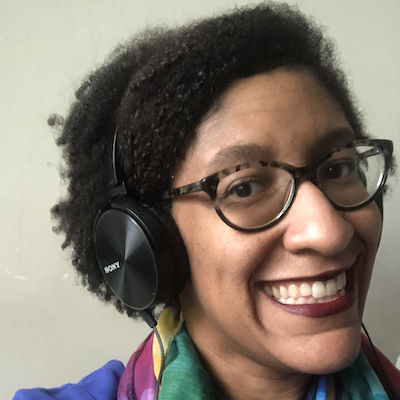
Moreno Cruz Osório

John Davidow

Sam Guzik

Millie Tran

Chicas Poderosas

Matt DeRienzo
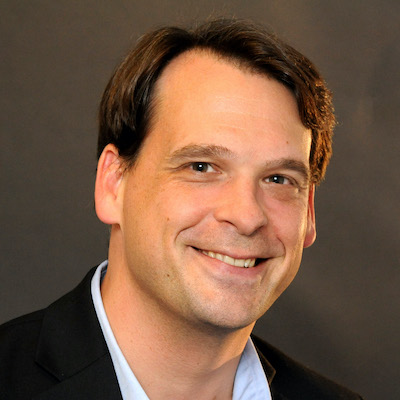
Michael W. Wagner

Wilson Liévano

Laxmi Parthasarathy

S. Mitra Kalita
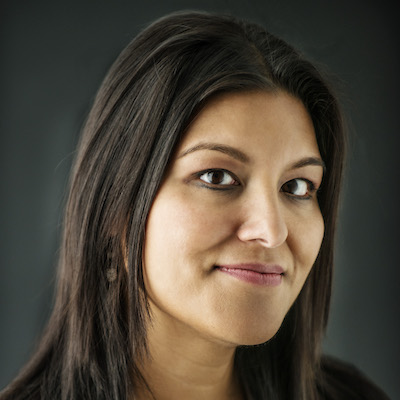
Amy Schmitz Weiss
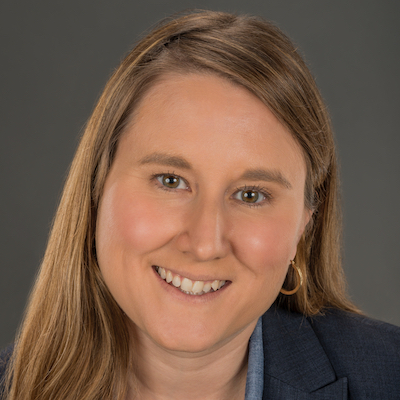
Joanne McNeil

David Cohn

Simon Allison

Ariel Zirulnick

Anita Varma
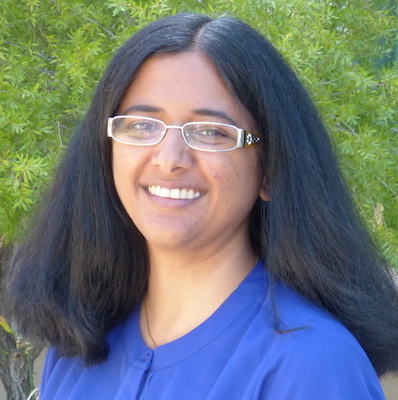
Burt Herman

Richard Tofel

Meena Thiruvengadam
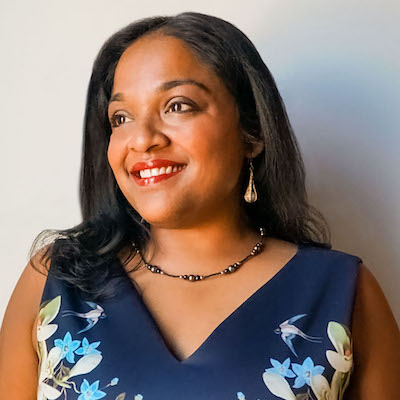
Ståle Grut

Shalabh Upadhyay

Joe Amditis

Anthony Nadler

James Green

Cherian George
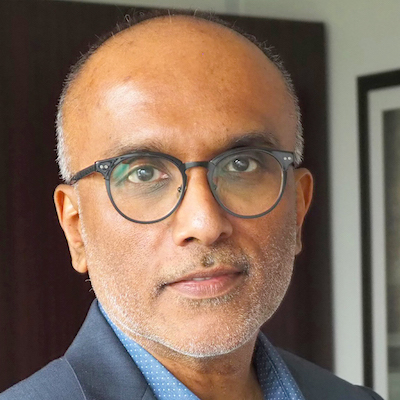
Jennifer Brandel

Nik Usher

Shannon McGregor Carolyn Schmitt

Mike Rispoli

Matthew Pressman

Joni Deutsch

Joshua P. Darr

Tony Baranowski

Rachel Glickhouse

Kristen Muller
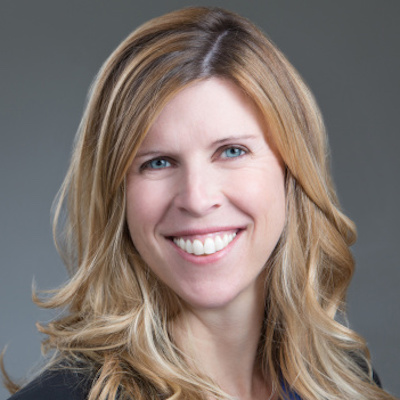
Candace Amos
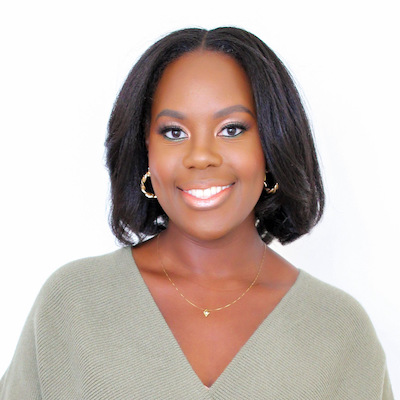
Rasmus Kleis Nielsen

Jody Brannon

Don Day

Stefanie Murray

Jonas Kaiser

Gordon Crovitz

Melody Kramer

Julia Munslow

Jennifer Coogan

Tamar Charney

Andrew Freedman

Francesco Zaffarano

Gonzalo del Peon

Chase Davis

Joy Mayer

Julia Angwin

Cristina Tardáguila

David Skok

Catalina Albeanu

Kerri Hoffman
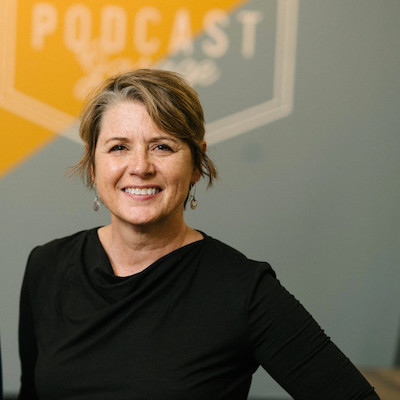
Zizi Papacharissi
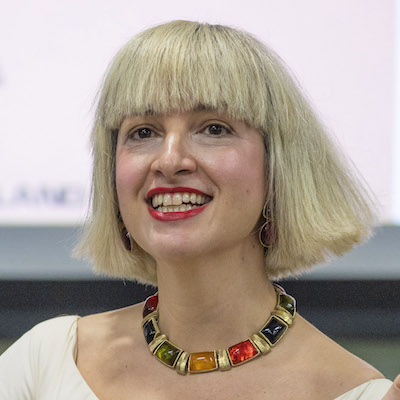
Kendra Pierre-Louis

Jessica Clark

Daniel Eilemberg

Tom Trewinnard

Natalia Viana

Paul Cheung

Larry Ryckman

Alice Antheaume
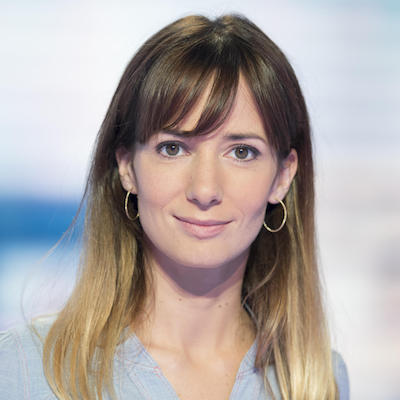
Sarah Stonbely

Christoph Mergerson

Mandy Jenkins

Amara Aguilar

Megan McCarthy

Parker Molloy
